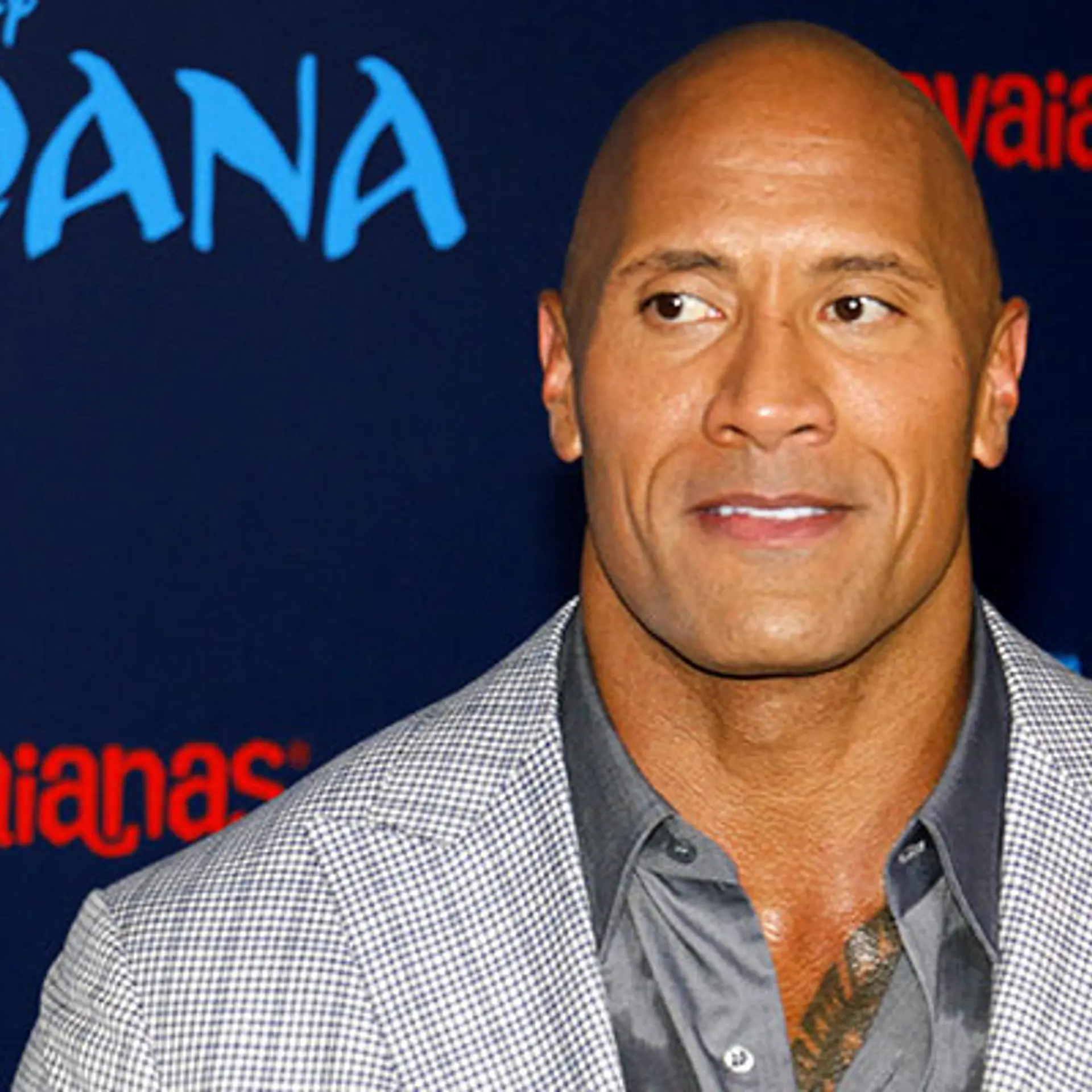Ecommerce market in India to hit $165B, D2C brands to clock $50B in sales by 2025: Report
The ecommerce penetration in India is still about 8.5% of the total population.
India has emerged as the hottest ecommerce market in the world, a central battleground for e-retailer giants Jio, , , and , among others.
India’s ecommerce market is expected to hit $165B by 2025, according to a report on "Beyond Ecommerce 3.0" by Kalaari Capital. The potential of D2C (direct-to-consumer) brands alone is massive. One of the fastest-growing ecommerce segments, D2C brands are expected to clock $50 billion in sales by 2025. Most of their revenue, however, continues to come from listing their products on marketplaces.
There are more than 180 million addressable online shoppers in India—higher than the combined populations of the UK and Australia.
Rapid digitisation in the pandemic’s wake has led to the addition of 50 million shoppers over the last two years. The number of internet users in India is expected to hit 1.1 billion by 2025, with 30% of them becoming online shoppers.
Overall, ecommerce penetration is still about 8.5% of the total population, so the true power of a billion people has yet to be tapped, the report said.
The fastest growth in ecommerce penetration is expected across Tier III towns with a 100 million population—the next billion.
D2C evolution
In recent times, the rise of D2C retail has caught the eye of investors and the media alike.
"Brands and vertical commerce platforms will emerge to cater to the specific needs of each niche and consumer segment," the report adds.
While the term D2C conjures up an image of the over 400 VC-backed digital-first brands, there is a much wider base of 250,000 online merchants and 20 million retail-focused SMBs that need support.
It is estimated that the contribution from direct channels will increase from the current 20% to 30% by 2025; this means that $15 billion in revenue will flow through a brand’s direct channel.
According to the report, the success of D2C ecommerce is dependent on the cultivation of an entire digital ecosystem to support its growth. This includes technological infrastructure that can help with customer acquisition, payment infrastructure, and order fulfillment.
A key advantage that D2C brands have compared to marketplace-focused brands is access to customer data. This allows them to analyse consumption patterns and develop offerings that cater to the needs of their customers.
The rise of D2C is fueled by a fundamental shift in consumer preference and behavior, such as premiumisation, digital-first discovery, and value-driven purchases.
The report has highlighted key opportunities for D2C brands to leverage digital intelligence, including listening to consumers, optimising inventory and working capital, and building brands.
Chat-based commerce
India has even more WhatsApp users than social media users. The country will have 487.5 million WhatsApp users by 2022, which makes it WhatsApp’s biggest market, after Brazil (118.5 million).
Chat commerce enables brands to interact and transact with customers through messaging in real time. It entails the full commerce journey, from product discovery, placing an order, making payments, tracking deliveries, chatting with a live agent, resolving issues, and providing feedback.
The technology stack needs to support the entire customer experience lifecycle to unlock the full potential of commerce in chat. The rapid advancement of AI technologies like ChatGPT provides a window to the future, according to the report.
Edited by Affirunisa Kankudti








